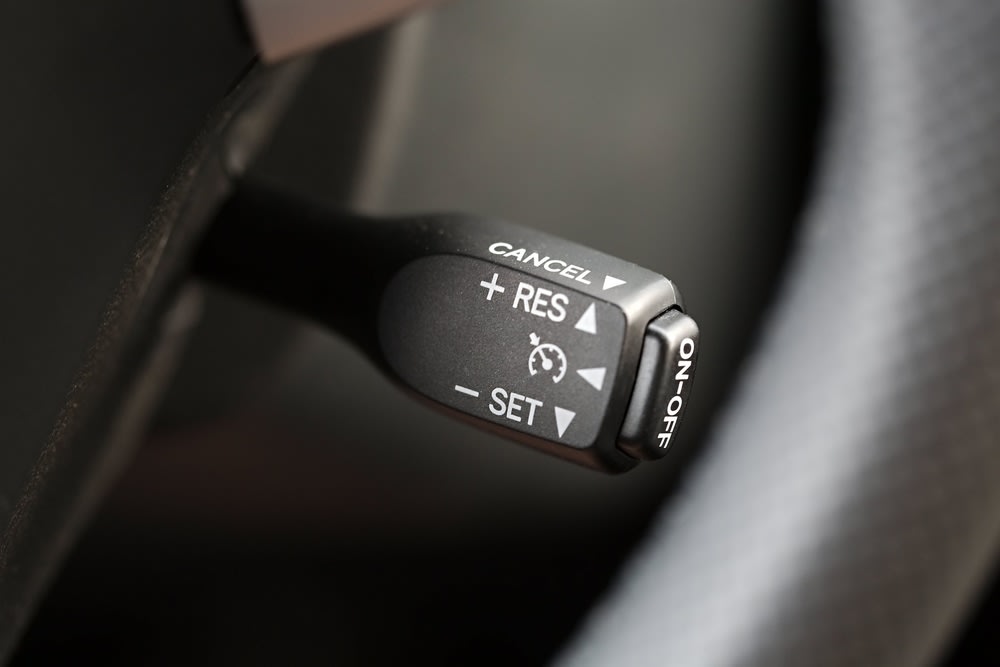

The cruise control feature is an optional feature found on many road going vehicles. When activated, it will automatically maintain the set vehicle speed and acceleration without the need for the driver to step on the accelerator pedal. This increases fuel efficiency as well as reduces driver fatigue. The cruise control system is wired with several redundant switches that will deactivate the system when they are tripped, to stop the vehicle from accelerating so that the driver can safely apply the brakes and shift gears.
One of these redundant switches is the cruise control vacuum bleed switch. Some cruise control systems use a vacuum operated servo to hold the vehicle at a steady speed. The switch is mounted on the brake pedal and tripped when the pedal is depressed. When the switch is tripped the vacuum is released from this servo, releasing the throttle so that the vehicle can safely decelerate. As the vacuum bleed switch is the one controlled by the brake pedal, one of the most important pedals in operating a vehicle, it is an important switch to the proper functionality of the cruise control system and any issues with it should be serviced.
1. Cruise control does not disengage when pedal is pressed
The most common symptom of a problem with the cruise control vacuum bleed switch is a cruise control system that does not disengage when the brake pedal is depressed. The switch is mounted at the base of the pedal and deactivates the cruise control system when the brake pedal is depressed so that the driver does not have to brake against an accelerating engine. If stepping on the pedal does not switch off the cruise control system, then that may be a sign that the switch has failed.
2. Cruise control disengages on its own intermittently
Another symptom of a potential problem with the cruise control vacuum bleed switch is a cruise control system that disengages intermittently without the brake pedal being depressed. If the cruise control system is intermittently self-disengaging, then this may be a sign that the switch may be having an internal or wiring issue that may be tripping the switch even when the pedal is not depressed.
3. Hissing noise coming from under the dash
Another symptom of a possible problem with the cruise control vacuum bleed switch is a hissing noise coming from underneath the dash. For some vehicles, the vacuum is routed directly to the switch on the pedal underneath the dash. If the switch or any of the hoses break, it may cause a vacuum leak which will negatively affect the operation of the cruise control system.
For vehicles equipped with them, the cruise control vacuum bleed switch is an important component of the cruise control system. It allows the driver to have an instantaneous way of deactivating the cruise control system just as they are about to slow down, and is very important to the ease of use and operation of the cruise control system. For this reason, if you suspect that your cruise control system may be having an issue, have the vehicle inspected by a professional technician, such as one from YourMechanic. They will be able to determine if your vehicle needs a cruise control vacuum bleed switch replacement.



